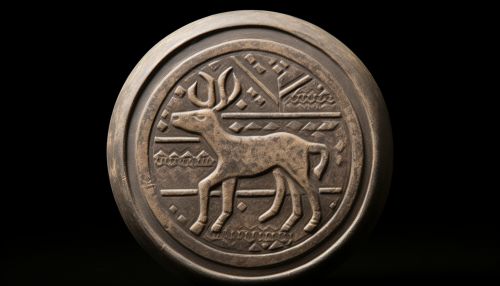Harappan language
Introduction
The Harappan language, also known as the Indus script, is the language of the Indus Valley Civilisation, which existed in the Bronze Age. Despite numerous attempts to decipher it, the language remains one of the most enigmatic scripts in the history of writing.
Historical Context
The Harappan language was used in the Indus Valley Civilisation from around 3300–1300 BCE. This civilisation was one of the three early cradles of civilisations of the Old World, along with Ancient Egypt and Mesopotamia.


Script
The Harappan script is a system of symbols used to represent the Harappan language. It is not alphabetic but logo-syllabic, each word being represented by a symbol. The script is written from right to left. Most of the inscriptions are extremely short, the longest on a single surface having a length of 26 symbols.
Attempts at Decipherment
Numerous attempts have been made to decipher the Harappan script and language. However, due to the lack of bilingual texts, none of these attempts have been universally accepted. The difficulty in decipherment is also due to the fact that the actual usage of the script is still unknown.
Linguistic Classification
The linguistic affiliation of the Harappan language is unknown. Some scholars suggest it is of the Dravidian language family, while others propose it is of the Indo-European language family. However, without successful decipherment, these remain hypotheses.
Legacy
Despite the undeciphered status, the Harappan language has had a significant impact on the study of ancient scripts and languages. It continues to be a subject of research and study in the field of linguistics and archaeology.
